Of Old Radios And Related Items--Published Monthly
Sparton's Mirror Dial Radios
BY JOEL MILFORD
WEB EDITION
This article reminds us of how manufacturers in the 1930s rose to the challenge of meeting the demand for radios that were both aesthetically and electronically pleasing. Some Sparton literature dates these radios as 1936, but note that all model numbers end in "7", and according to Rider, the schematics were signed off in late 1936. We conclude that the radios were marketed as 1937 models. (Editor)
What comes to mind when someone mentions a Sparton mirror radio? A Nocturne? A Bluebird, Sled, or seven-sided set? Surprisingly enough, many collectors haven't been properly introduced to some of Sparton's other beautiful mirror sets -- the wooden tombstones and consoles from 1937 with mirror dials.
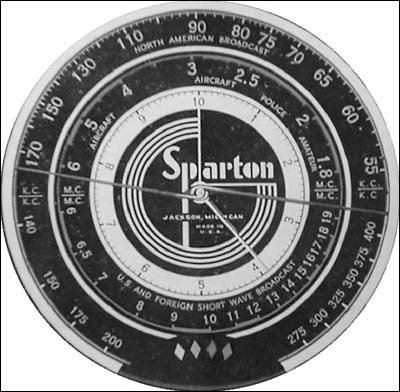
Figure 1. This multicolored mirror dial is an example of the impressive dials used by Sparton.
Circa 1937 was the heyday for large round dials, and Sparton followed suit by using colorful mirror dials with diameters up to 6 inches. The dial on a radio is arguably the focal point, and on some sets they tend to be utilitarian and plain. The Sparton mirror dial is not just functional, but further beautifies an already great looking line of sets.
Photochromatic Dial
"Photochromatic" was the term Sparton used to refer to the mirror-dial feature in its 1937 radios, an example of which is shown in Figure 1. The dials were constructed from 3/32-inch mirror glass that had regions etched away (from the silvering) to allow light to pass through the reverse painted dial markings and Sparton logo. If the radio is off, the photochromatic dial fades away into the background due to the mirror. If it is turned on, many colors illuminate the dial in a dramatic effect. In addition to the Deco Sparton logo, the colors red, yellow, blue and white are for band, frequency, log scale, and station call letters respectively.
Sparton, like other manufacturers, accommodated the public in 1937 with many models that varied in features, performance and price. Starting at the bottom and progressing through Model 1167, Sparton used silver mirroring on its photochromatic dials. Gold mirrors were reserved for their two best models, the 1567 and 1867.
Impressive Specs
No less impressive is the electronics in these radios. On the front end, most of its models employ separate antenna matching transformers for each band. For optimal shielding and wiring, the RF chassis is a separate subassembly floating on top of the main chassis (the "centralized radio nerve center" in Sparton literature). RF amps and tuning eyes are standard in all but the lowest models. The high-end models include powerful audio amps and a bass-treble boost control. The sound quality and volume of these wonderful old radios are impressive at the very least.

Figure 2. Housed in an Art Deco cabinet, the Sparton Model 617, a 6-tube table radio from 1937, featured Sparton's photochromatic dial.
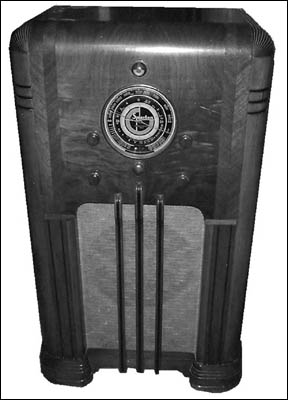
Figure 3. Sparton produced a number of console models. This Model 867 is an 8-tube console with a rated audio output of 7 watts. It tuned the broadcast and SW bands.
The tube count in the 1937 U.S. models is indicated by the first digit in 3-digit model numbers, and the first two digits in 4-digit model numbers. Sparton made 6- to 8-tube mirror-dial tombstones and 6- to 18-tube mirror-dial consoles.
Shown in Figure 2 is a Sparton 617 tombstone with a 5-inch silver mirror dial and a walnut cabinet. A dial indicator that revolves a full 340 degrees facilitates easy station selection. Frequency coverage is 535 kHz to 17.5 MHz in three bands. It is an aesthetically pleasing set both to the eye and touch. The big easy-to-read dial and well laid-out controls of the '37 Sparton sets make them a joy to operate.
Figures 3, 4, and 5 show Models 867, 987, and 1167. They all have walnut cabinets and 6-inch silver mirror dials. Power output for each is 7, 8, and 11 watts respectively, and all tune 535 kHz to 19.5 MHz.
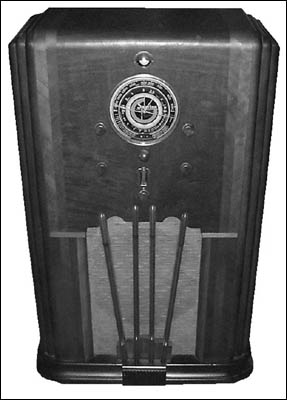
Figure 4. The Model 987, a 9-tube console in a walnut cabinet has a 6-inch silver mirror dial and tunes 535 kHz to 19.5 MHz.
The Model 1167 has an additional 140-420 kHz band, which, according to Sparton literature, was used for weather stations at the time. All of these models and higher have vernier drive with a second hand to allow for precise tuning, using the logging scale.
A distinctive set to the highest degree, the Sparton Model 1567 is shown in Figure 6. It has a 6-inch gold dial set in a striking mahogany cabinet. A large 15-inch speaker produces plenty of sound from the 15-watt, push-pull final amp. Covering 140 to 420 kHz and 535 kHz to 19.5 MHz, this radio also includes a small backlit frequency chart under the main dial that is viewable through a small separate window. This chart can be rotated by one of the knobs and allows the operator to quickly look up a foreign country's shortwave frequency or vice-versa. Other high-end Sparton consoles also had this feature.
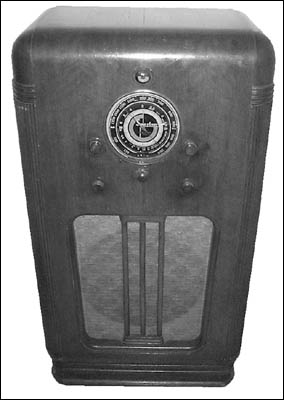
Figure 5. The Model 1167, an 11-tube set, is similar in appearance to the Model 867. In addition to the broadcast and SW bands, the radio also tunes the 140-420 kHz weather band.
Sparton's top of the line set for 1937 is shown in Figures 7 and 8, a Model 1867 "Triolean" with a 6-inch gold mirror dial and walnut cabinet. This radio is quite large -- 143/8" x 285/8" x 44" -- and makes a commanding presence in a room. Audio output is handled by push-pull 6L6 tubes, delivering low frequencies to a 15-inch speaker. Another separate output amp, comprised of a 6F6 tube, drives two 6-inch tweeters for the highs. Total power output for the 1867 is a room-filling 25 watts. Shortwave tuning is extended past all lower models, with coverage all the way to 60 MHz. Sporting an RF amp, two IF amps, and separate tubes for converter and oscillator, this grand radio proves that looks and performance can come in the same package.
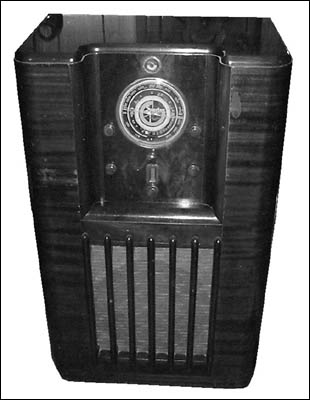
Figure 6. The Model 1567 has some unusual features: The 6-inch dial uses a gold mirrored glass; a small back-lighted frequency chart has been added to the layout of the dial and controls that are on the other console models; and a 15-inch speaker, driven by a 15-watt P.P. output stage, produces a "big set" sound.
To confirm that Sparton of Canada's offerings were outstanding in their own right, the Model 147, a silver-mirror dial, 15-tube set, is shown in Figure 9. Very Deco gold and black wrap-around bars highlight the midsection of the cabinet. Frequency coverage is from 140 to 420 kHz and 535 kHz to 19.5 mHz. The 147 must have been Sparton of Canada's answer to the U.S. Model 1567, minus the gold dial.
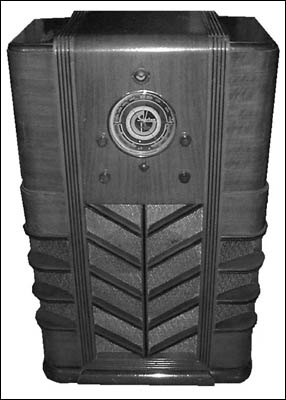
Figure 7. The Model 1867 Triolean, an 18-tube set, is housed in a striking cabinet. Its SW coverage extends to 60 MHz.
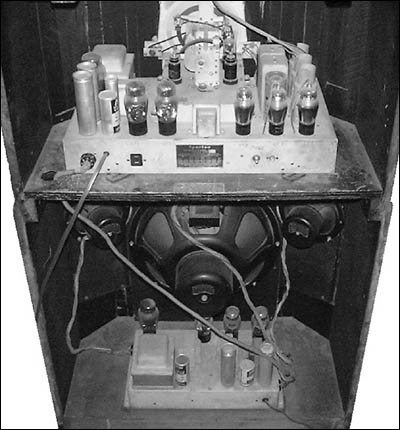
Figure 8. Sparton's top-of-the-line set, the Model 1867, used two chassis. This rear view shows the tuner chassis on top and the audio output/power supply at the bottom. A 15-inch speaker and two angle-mounted tweeters result in high quality sound.
Sparks-Withington was the corporation behind the Sparton name back in its radio days. Six factories and corporate headquarters were located in Jackson, Michigan. Sparton of Canada was located in London, Ontario. The corporate name officially changed to Sparton in 1956, and the company is still in the electronics business today. It is a pity that they no longer make tube radios.
References:
Sparton Corporate Web Site. www.sparton.com
Sparks-Withington Corporation. Your Gateway to Radio Enjoyment., Sales Literature, 1937.
(Joel M. Milford, 128 Kingsley Drive, Mauldin, SC 29662. Email: jmilford@charter.net)
Joel Milford has been interested in electronics and radio from age six when he used to build crystal sets and string long wires from his house to the nearest tree. He has been a tube radio fanatic since 1989 after finding a Philco 70 in an antique shop. His main interests at the present time are foreign wood and Bakelite tombstones from the early 1930s, and of course, any Sparton radio.
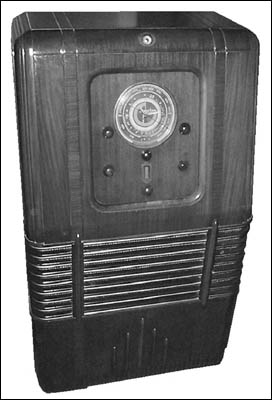
Figure 9. Sparton of Canada offered a 15-tube set also housed in an unusual cabinet. It covered the BC, SW and weather bands.
Another Sparton Triolean
BY RAY BINTLIFF
A.R.C. readers are an amazing source of radio information. Stan Shelofsky provided a Sparton brochure from the early 1930s. Among the radios shown in this brochure was another Triolean, a Model 28. So we are able to bring you information on two Triolian radios.
Evidently, Sparton reserved the Triolean model name for its high-end radios with three speakers. In the 1932 and 1933 model years it offered a Model 28 Triolean.
This 13-tube superhet, shown in Figures 1 and 2 was an elaborate radio for its time, and some of its features must have formed the basis for the design of the 1937 Triolean Model 1867. Both sets employ three speakers -- one woofer and two angle-mounted tweeters.
The Model 28 uses one each of the following tube types in its RF section: 58 RF amplifier, 24A oscillator/mixer and 58 IF. Then things get a bit complex. Two Type 56 tubes are used in a balanced detector circuit and another 56 is used as the 1st audio which is a transformer coupled to four Type 47s operating in push-pull parallel. A fourth Type 56 functions as A.V.C. Two Type 80 tubes are used in the power supply. Controls include tuning, volume, a single treble-cut tone control and an interstation noise control.
The same chassis was also used in Sparton's Model 27A. Since the 27A used only two speakers, it did not carry the Triolean name.
Unlike the Model 1867, the Model 28 did not include a tuning eye tube or a volume-expander circuitry. RCA did not introduce the 6E5 tuning eye until 1935. And, of course, beam power audio output tubes were still a few years away, but the push-pull parallel 47s must have provided plenty of audio output.
It is interesting to note the advancement in technology that occurred in the short span of only four years between the design of the Models 28 and 1867.
References:
Rider, John. Perpetual Trouble Shooter's Manual, Vol. IV-6, "Model 28"; Vol. X-23+, Model 1867.
(Ray Bintliff, 2 Powder Horn Lane, Acton, MA 01720)
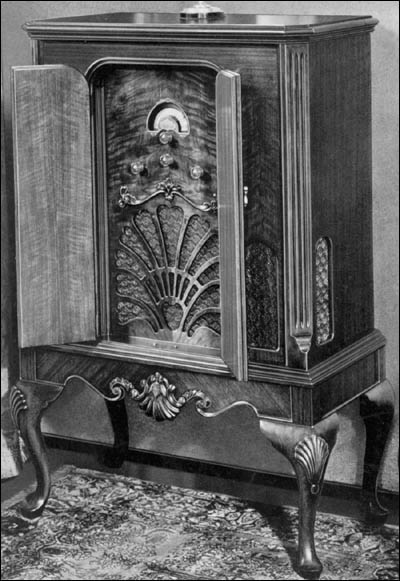
Figure 1. The Sparton "Triolean" Model 28 with doors open.
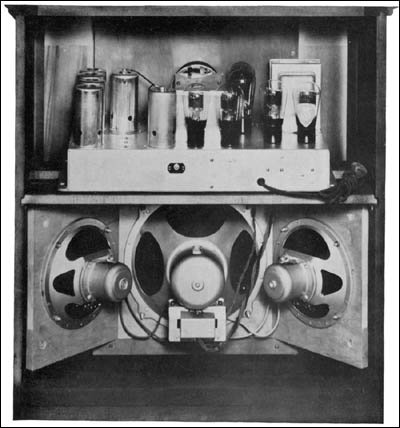
Figure 2. The Sparton "Triolean" Model 28, a rear view. The Sparton brochure from which this photograph was taken subtitled this photo (and the other one as well) as "Three dimensional Tone." The brochure goes on to state: "In this history-making model, three speakers are used. As a result, sound energy is so evenly distributed as to completely fill any ordinary room with music... with realism that seems to place you in the presence of the artists. This application of new principles in acoustical reproduction eliminates the possibility of distortion caused by the single point source of one speaker... and provides performance decidedly superior to any dual-speaker arrangement."
Photos from "Sparton Radio Bulletin Service" brochure, contributed by Stan Shelofsky.
| [Free Sample] [Books, etc., For Sale] [Subscribe to A.R.C./Renew] [Classified Ads] [Auction Prices] [Event Calendar] [Links] [Home] [Issue Archives] [Book Reviews] [Subscription Information] [A.R.C. FAQ] URL = http://www.antiqueradio.com/Apr03_Milford_Sparton.html Copyright © 1996-2002 by John V. Terrey - For personal use only. Last revised: April 19, 2002. For Customer Assistance please contact ARC@antiqueradio.com or call (866) 371-0512
Antique Radio Classified |